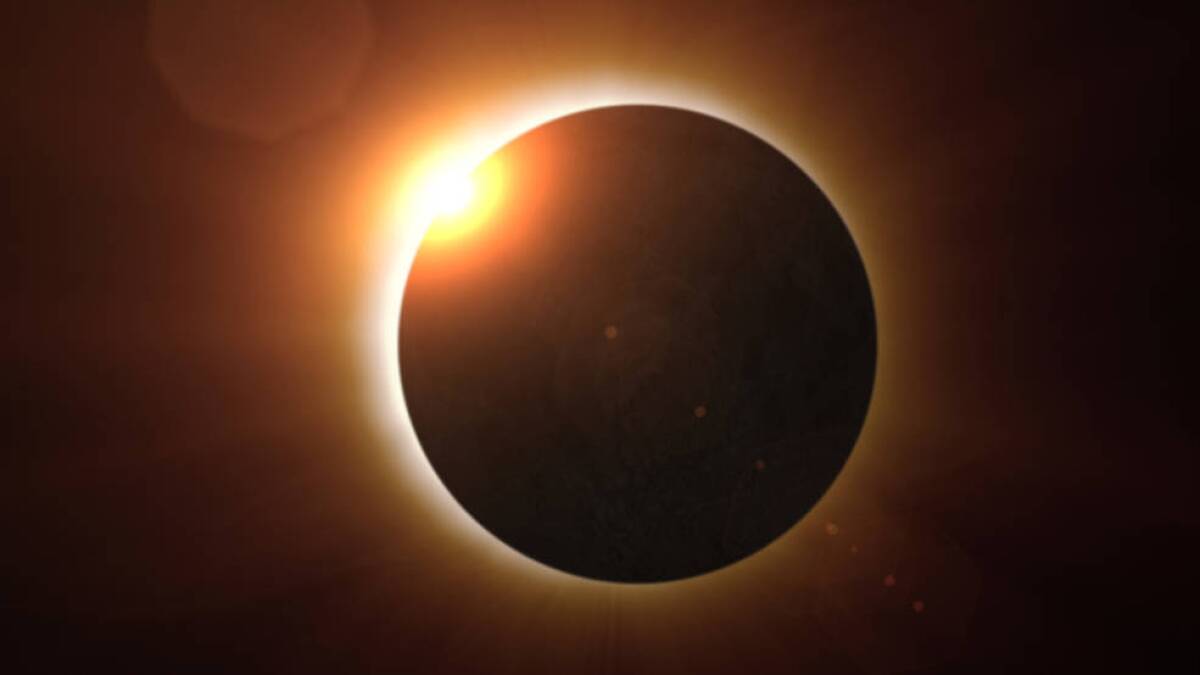How to watch the Great American Eclipse live online
- Share via
As you may have heard, a total solar eclipse is going to sweep across the United States on Monday.
Everyone in the Lower 48 states, weather permitting, will be able to see a partial eclipse, in which the moon will partially obscure the face of the sun. (Using eclipse glasses or a pinhole projector, of course! Protect those eyes!)
However, it is only on the relatively narrow 70-mile wide path of totality stretching from Oregon to South Carolina where, for a few minutes, the moon will completely obscure the face of the sun.
Unfortunately, it’s only along the path of totality that the true drama of a total eclipse can be seen. The sky will shift from daylight to a deep twilight. The stars will come out. Crickets will chirp. And perhaps most spectacularly, the sun’s pale outer atmosphere will briefly be revealed.
But if getting to the path of totality is not possible for you this year, don’t fret. This is 2017. You can virtually experience the total eclipse, in real time, right from your computer, TV or mobile device thanks to the magic of live-streaming.
Below are some of the ways to stream the eclipse live on the big day.

Eclipse across America: Through the eyes of NASA
NASA’s wide-ranging, four-hour-long eclipse extravaganza begins at 9 a.m. Pacific time with a preview show hosted from Charleston, S.C. The space agency’s broadcast will include views from satellites, aircraft, telescopes and even high-altitude balloons.
There will also be live reports from cities along the path of totality including Salem, Ore.; Idaho Falls, Idaho; Beatrice, Neb.; Jefferson City, Mo.; and Carbondale, Ill.
You can watch it on Facebook, YouTube, Ustream or via the NASA app for iOS and Android.
The Exploratorium’s ‘Total Solar Eclipse: Live from the U.S.A.’
San Francisco’s Exploratorium will be live-streaming the eclipse from two locations — Madras, Ore., and Casper, Wyo. The three-hour show begins at 9 a.m. PDT and ends at 12:15 p.m.
The museum’s offerings also include a streaming Spanish language program, non-narrated views of the eclipse, and a live collaboration with the Kronos Quartet that will provide a music-meets-science sonic accompaniment to the event.
Access to all the Exploratorium’s eclipse offerings can be found on its website, or by downloading its free total solar eclipse app.
Slooh’s coast-to-coast coverage
The astronomy website Slooh.com will host a five-hour live broadcast on the day of the eclipse beginning at 8:30 a.m. PDT. The show will include commentary from astronomers, as well as live feeds from observatories in the path of totality across the country. The site will also live-stream a Spanish-language version of its broadcast.
You can see the show on Slooh’s website or on its Facebook page.
The NASA Eclipse Ballooning Project
If you’d like to watch the eclipse from the edge of space, tune in to the NASA Eclipse Ballooning Project’s live feed. The project consists of 55 groups of high school students, college students and ballooning clubs who will be flying 100 high-altitude balloons equipped with live-streaming capabilities to the edge of space. The balloons will rise up to 100,000 feet above ground level, capturing the eclipse from just above the curvature of the Earth. Follow along on the project’s impressive website, where you can pick which balloon in particular you want to see.
Do you love science? I do! Follow me @DeborahNetburn and "like" Los Angeles Times Science & Health on Facebook.
MORE ON THE GREAT AMERICAN ECLIPSE
Your solar eclipse checklist: What to look for on the big day
Tips for taking the best pictures of the Great American Eclipse
These eclipse addicts go to great lengths, again and again, to stand in awe of the heavens




